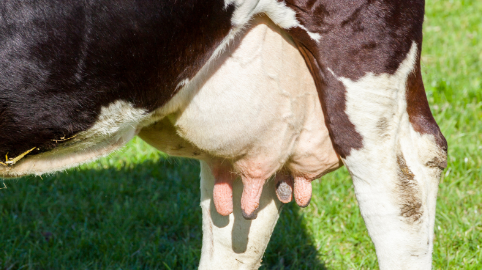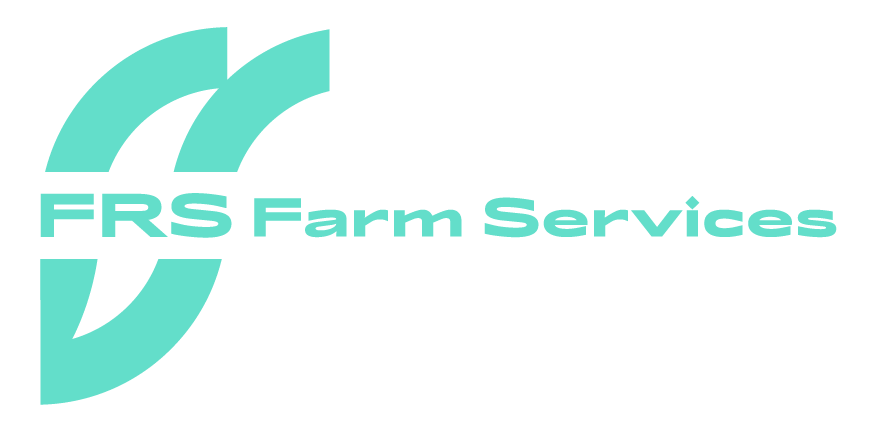Mastitis in cows is an inflammation of the udder caused by bacterial infection. It can cause swelling and pain. Mastitis can be caused by several factors such as bacteria, poor milking hygiene, inadequate nutrition, and environmental conditions. Summer mastitis is most prevalent from June to mid-September. It is caused by a combination of bacteria, which can also be spread by insects such as the head fly. Despite weather conditions that can make it more or less common, farmers must watch out for symptoms and take immediate action when they appear.
Symptoms to Watch Out For:
Farmers should watch out for swelling of one or more teats initially followed by swelling of the infected quarter. When drawn out there is usually pus or a discoloured discharge, stiffness particularly in the hind legs, lethargy, loss of appetite, dehydration, and weight loss in the affected animals as the infection progresses. The animal may be lying away from the group, sometimes on their side to take the pressure off the infected area. In-calf cows that get the infection are at a higher risk of aborting. Summer mastitis is highly contagious, so farmers should herd animals daily and look at all four teats of each from a safe distance. If you notice an animal kicking, it could be due to flies gathering around the teat, which can cause further discomfort. Any swelling or abnormality should warrant immediate attention.
Farm Safety Comes First:
If an animal shows any symptoms of mastitis, farmers should bring it to a crush for closer inspection. It would be helpful to have an extra set of hands as animals with illness may be aggressive. Mastitis can be painful, so animals may kick while being inspected.
Treatment Options:
The treatment of a confirmed case depends on how advanced the infection is. With mild cases, the infection can be treated with antibiotics and possible use of intramammary tubes. Severe cases will also need a course of anti-inflammatory drugs. In all cases of summer mastitis, the affected quarter should be frequently drawn out to reduce toxin build-up. Some farmers may wish to Contact the local vet immediately and put the affected animal into isolation to stop the spread to others. When treating an animal, it is important to keep a record of all antibiotics administered. The Herdwatch app is a useful tool to do this without any paperwork.
Prevention is Better than Cure:
Prevention is essential when it comes to summer mastitis. Farmers should keep animals in open, dry paddocks if possible, very often shaded areas are more a risk as flies congregate in and around trees and covered areas. If it is an option, try to graze dry cows and heifers in non-shaded fields or paddocks. Use a pour-on product with fly repellent, and consider fly tags, teat seals, or application of Stockholm tar around the teats to prevent infection. Consult the local vet and find a preventative that best suits the needs of the farm.
Best Practice in Milking Course:
FRS Training offer a QQI Level 6 Milking Course covering content such as Milker and cow hygiene, mastitis and milk quality, animal movement, welfare and safety, milking routine and cluster attachment, machine parts and faults, parlour types, animal health, washing and cleaning procedures and communication skills. The course is delivered over 2 days and is a mix of classroom and practical sessions leading to a QQI level 6 certification. Visit www.frstraining.com/milkingcourse for more information.
Herdwatch Can Help:
Herdwatch is a mobile app that helps farmers manage their herds more efficiently. It allows farmers to record important information about their animals, such as their medical history, breeding status, and milk production. With features including Herd Management and Bord Bia Compliance, farmers can record all treatments and antibiotics given to animals on the app and have easy access to information on withdrawal periods. The app also provides farmers with reminders and alerts about important tasks, such as when to administer medication or when an animal is due to give birth. Herdwatch provides farmers with valuable insights and analytics about their herd, allowing them to make more informed decisions about their business, helping them to save time, reduce costs, and improve the health and productivity of their herd. For more information visit www.herdwatch.ie.

